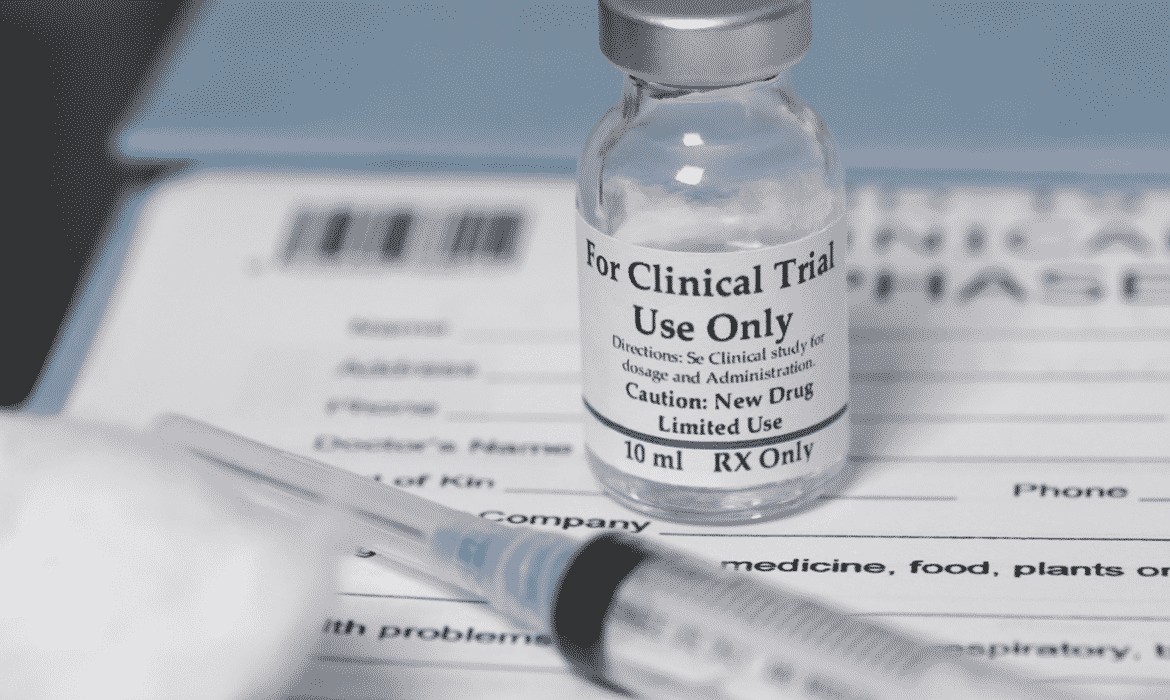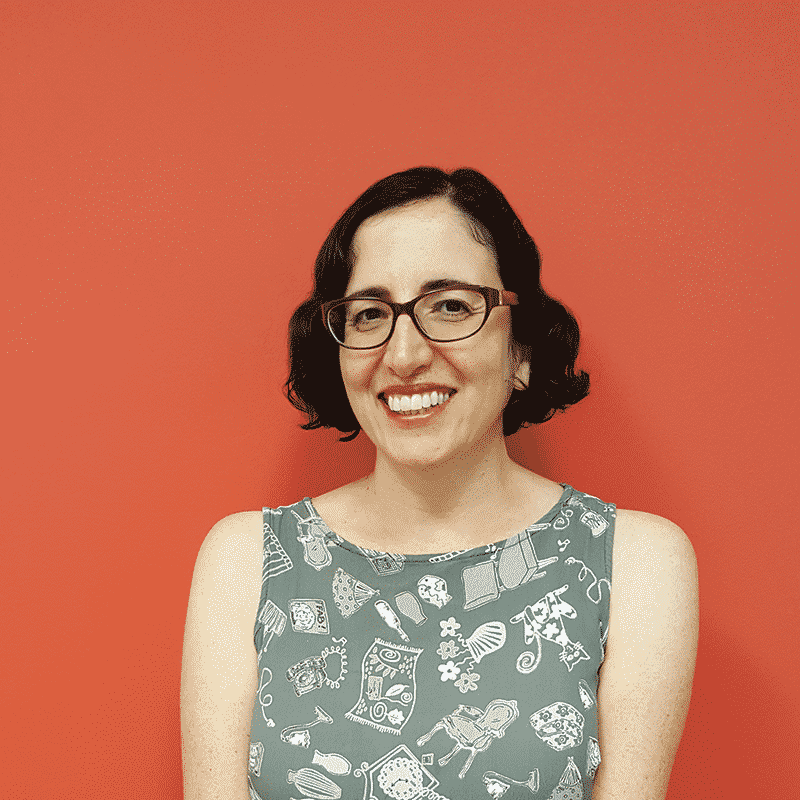Cancer trials come with uncertain outcomes that can lead to innovations
When patients are diagnosed with cancer, they are hit with an emotional wallop. Trying an experimental, potentially risky drug might be the last thing they want to think about.
But clinical trials of new drugs represent the cutting edge in cancer care, giving patients access to new cancer treatments and allowing physicians to take findings from the laboratory and determine a new drug’s dosage, side effects and efficacy.
“The only way that we’ve been able to move cancer care forward in the last 30 years has been by testing drugs in clinical trials,” says Dr. Blase N. Polite, assistant professor of medicine at the Center for Gastrointestinal Oncology and the Center for Interdisciplinary Health Disparities Research at the University of Chicago Medical Center (UCMC).
“Without that information; without seeing whether drugs are safe and effective in clinical trials, we basically would have gotten nowhere in cancer care,” he says. “While we certainly haven’t cured cancer, we know that there are a lot of success stories in cancer. People are living longer than they ever have before, and we’re cutting cancer death rates—that’s purely the result of clinical trials.
“It gives [patients] access to new therapies many years before they would ever be approved by the Food and Drug Administration (FDA). And it also may give them access to different, and perhaps more effective, ways to give them therapies that we already have, well before that becomes part of standard clinical practice.”
Although clinical trials advance cancer care, some patients are hesitant to enroll. Some might balk at the idea of trying an experimental drug that could have more side effects. They might not want to endure additional blood tests and visits to the hospital. Others fear that they might get a placebo instead of an effective therapy.
But placebos are rare in cancer care. Since physicians want to make sure patients are receiving the best healthcare, especially with life-threatening diseases, cancer clinical trials usually involve an experimental drug given in addition to standard therapy.
“Almost always, clinical trials at the very least involve what would be considered the standard of care therapy right now for that cancer—what you would get otherwise,” Polite says. If there’s a placebo involved, usually all patients get the standard therapy, while half also get the experimental drug and half get the placebo.
Clinical trials have an extensive vetting process to make sure they are safe before they are brought to patients, says Dr. Mary Mulcahy, a member of the Robert H. Lurie Comprehensive Cancer Center of Northwestern University, an associate professor in the Department of Hematology Oncology at Northwestern University Feinberg School of Medicine, and a medical oncologist specializing in gastrointestinal cancers at Northwestern Memorial Hospital.
“When we’re conducting a clinical trial, we have a lot of people looking over our shoulder to protect the patient and make sure that everything is being done according to what the protocol says and, as people are being treated on the study, to make sure that this is actually safe,” Mulcahy says.
“We try to protect the patient as much as possible. As a doctor, your primary concern is to take care of the patient sitting in front of you. You want to try to advance cancer care while giving the patient the best therapy.”
Trials are reviewed by a data and safety monitoring board, which examines the trial for scientific validity and reviews results to make sure the therapy is safe. An institutional review board (IRB) overlooks the study from a patient’s perspective, making sure that appropriate steps are taken to protect participants. The IRB scrutinizes the patient consent form to make sure it clearly expresses all risks and potential side effects. A pharmaceutical company or the FDA may also review the trial as it progresses. Consumers can find more information about trials including location and protocol at clinicaltrials.gov.
Chicagoan, Jim Herman was 44 when he was diagnosed with esophageal cancer in April 2008. A diehard water skier, married, with three young daughters, Herman wanted to aggressively attack his cancer. He met with doctors at four hospitals to assess their approach.
“I said, ‘Hit me with your best shot. Give me everything you’ve got,’” Herman recalls.
Deciding on Northwestern, Mulcahy gave Herman two options: the standard treatment, which involved going to the hospital to receive chemotherapy through an IV five days a week for five weeks, or a clinical trial of chemo pills that he could take at home.
He opted for the pills. For five weeks, he took chemo pills at home five times a week, with one weekly visit to the hospital for IV chemo. That was followed by one week off and then five more weeks of the same chemo regimen plus radiation. “Not having to be forced to go to the hospital five days a week for five weeks was great,” Herman says. “I just figured that was the best option for me, for my lifestyle and for the outcome.”
Four years later, there’s been no evidence of any recurring disease, and his doctors are optimistic. “They were so amazed by this treatment algorithm—the combination of the chemo and radiation. When they cut [the tumor] out, the pathology revealed no living cells,” Herman says.
Nationwide, nearly 20 percent of cancer patients are eligible for cancer clinical trials, but only 3 to 5 percent enroll, according to the American Cancer Society’s Cancer Action Network. Figures at large university hospitals are higher. At the UCMC Comprehensive Cancer Center, which performs more cancer clinical trials than any other facility in Illinois, about 10 to 15 percent of all patients enroll in a trial, Polite says.
Insurance coverage of clinical trials varies by state. Medicare is required to pay routine care costs associated with trials, but Illinois does not require private insurers to cover clinical trials. The Affordable Care Act requires that all insurers cover the routine care cost of clinical trials starting in 2014.
Clinical trials have helped extend lives. Yet, if more patients enrolled in clinical trials, more drugs would be sped to market, Polite says.
“We’re blessed right now in that there are many drugs being developed because of computer technology and a better understanding of the human genome,” he says. “We’re developing thousands and thousands of drugs. We have to be able to have a way to sort out which of those make sense and which of those don’t make sense. The quicker we can do that, the quicker we’ll be able to get life-prolonging, if not life-saving, therapies to patients.”
Published in Chicago Health Summer/Fall 2012














